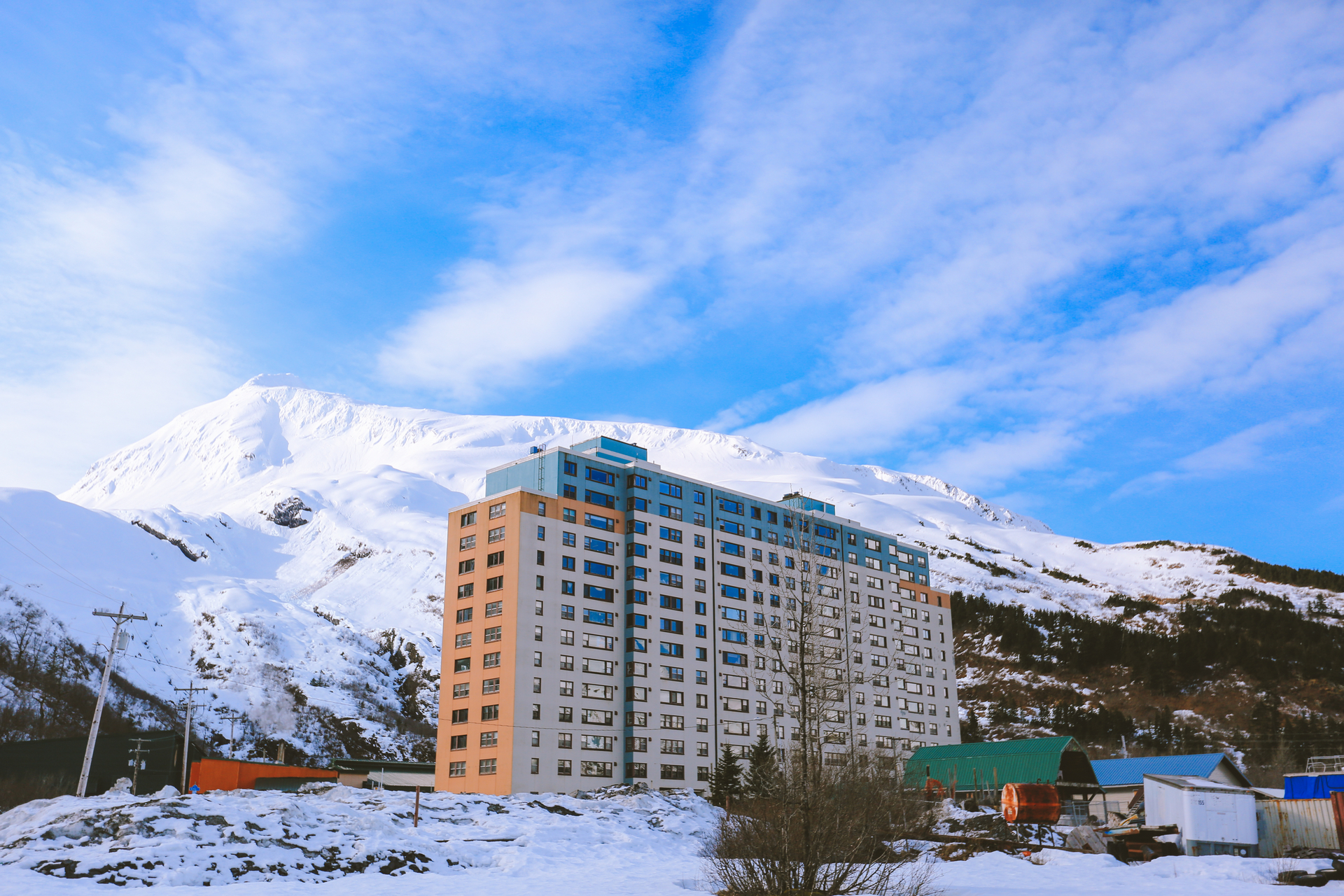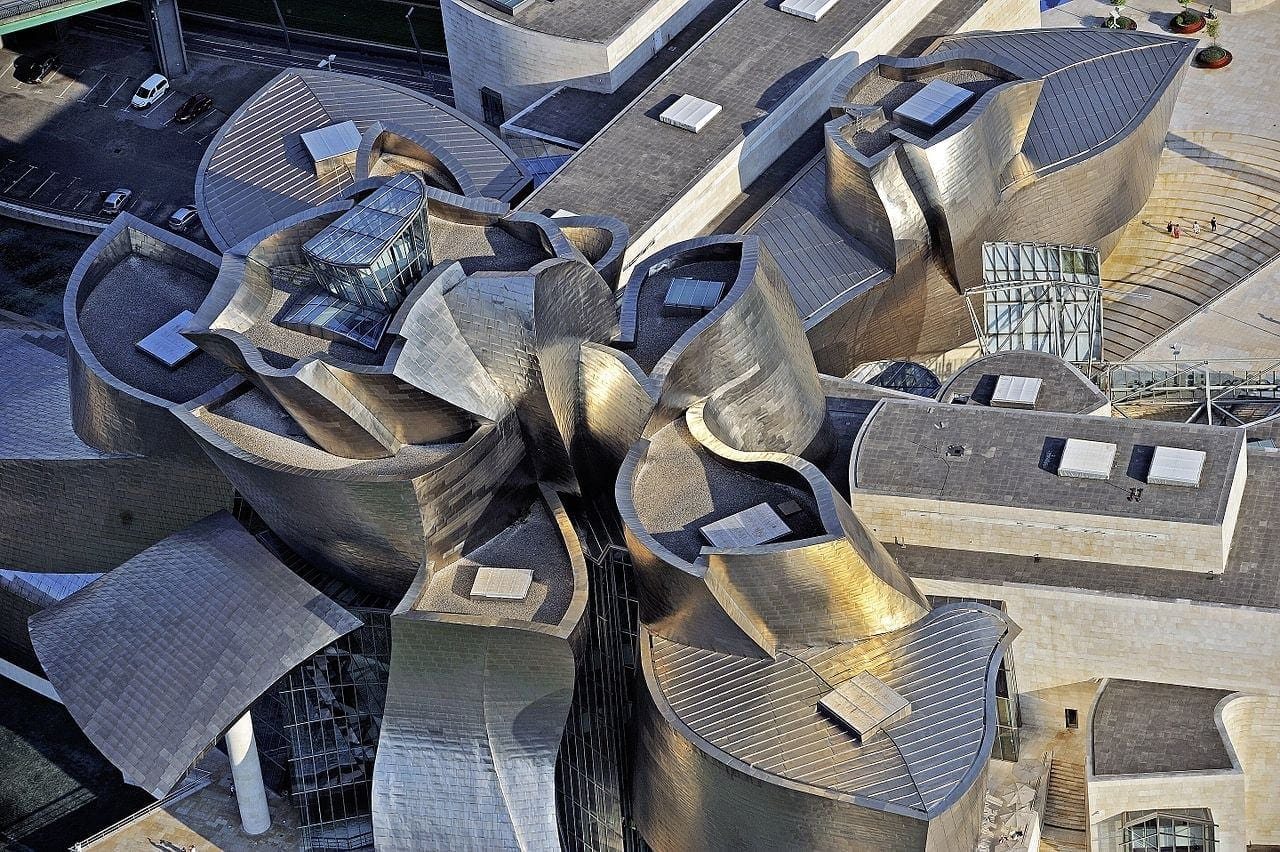Occasionally, a photograph or video surfaces on social media showcasing an impressive automated system: a self-cleaning road equipped with strategically placed sprinklers. However, these fascinating roads serve a dual purpose. Moreover, they are not a recent innovation. In fact, these roads have been showcasing their potential for years.
An inside look at South Korea’s self-cleaning roads and the technology powering them
Self-cleaning roads function through sprinklers positioned in the center of lanes, precisely where the guide lights are located, and these sprinklers operate automatically. When the pedestrian traffic light turns red, and only during certain times of the year, the sprinklers activate, spraying water onto the asphalt, mimicking the effect of rainfall. This is why they are referred to as “Clean Roads”—the water effectively washes away all the debris and waste from the road surface.
Although the concept has recently gone viral, it is not a new idea. The first self-cleaning road was introduced on a section of Seoul’s roads back in 2007. Since then, they have expanded to other parts of the South Korean capital and to various cities as well. The climate emergency has revealed an additional benefit of these clean roads: during heatwaves, they serve as an effective cooling system, helping to reduce the urban heat island effect. This is why they are also referred to as “cooling roads”.
In fact, when the system was first introduced, it was only activated during periods of low traffic, as drivers complained that the splashes from the sprinklers were dirtying their cars. Now, however, the system is also utilized during peak hours in the summer, as it is valued for its effectiveness as a cooling system. “In summer, the temperature of the asphalt at midday exceeds 60 degrees,” said Oh Eun-kyung, director of the Daegu Climate and Air Quality Division, in an interview with Chosun, referring to other cities around the world that use similar systems.
The expert explains that running the sprinklers for just 7 minutes can reduce the asphalt temperature “to 20 degrees.” This, in turn, has a domino effect on the surrounding area, lowering air temperatures by “between 3 and 4 degrees” in the vicinity of the self-cleaning road.
Self-cleaning roads to combat tire dust
These systems can also help mitigate the pollution caused by tire dust.
Seoul utilizes these sprinklers not only to lower temperatures by 7 to 9 degrees in the summer but also to reduce fine suspended dust levels by 12 micrograms during the spring and autumn. The requirements for using the sprinklers vary: during heatwaves, they operate for 5 minutes every 90 minutes, whereas, to combat pollution caused by fine dust, they run for 5 minutes every 120 minutes.
Challenges surrounding the viral self-cleaning road

While the potential of this viral system is undeniably high, self-cleaning roads are not without challenges, extending beyond the initial driver complaints about water marks on their cars.
Seoul plans to conduct a scientific analysis of the system’s effectiveness in 2025, which will offer a concrete and realistic assessment of whether using automatic systems and self-cleaning roads is truly beneficial for urban cleaning and as cooling systems. The initial plan is to expand the concept to more roads across the city. In fact, the system could even be adapted for winter use to combat snow accumulation by adjusting the temperature and conditions of the water used.
However, the primary criticism of the system lies in its water usage, as in a context of water scarcity, efficient water management in cleaning systems is more critical than ever. Seoul and Daegu supply their self-cleaning roads with water already extracted from subway tunnels, which is naturally generated as surplus. However, a third city relies on river water for its system.
Urban planning to combat heatwaves
Even so, the idea could be integrated into urban planning proposals to address challenges like heatwaves. According to the Seoul municipal government’s website, the city employs a comprehensive set of measures to combat extreme heat, including climate shelters and evacuation spaces for vulnerable populations, cooling fog systems, shade-providing trees, and innovative bus stops that cool you simply by sitting in them. In addition to the “cooling roads”, cleaning trucks are also deployed to cool the streets. Together, these elements work to reduce average temperatures across the city.
Photos | Seoul Metropolitan Government, Nicki Eliza Schinow
Tomorrow.Building World Congress (5-7 November 2024, Barcelona) is the new global event empowering the green and digital transition of buildings and urban infrastructures. Celebrated in parallel with the Smart City Expo, it’s a sector-focused summit gathering the most forward-thinking brands and experts disrupting urban construction. Discover more here.






















































